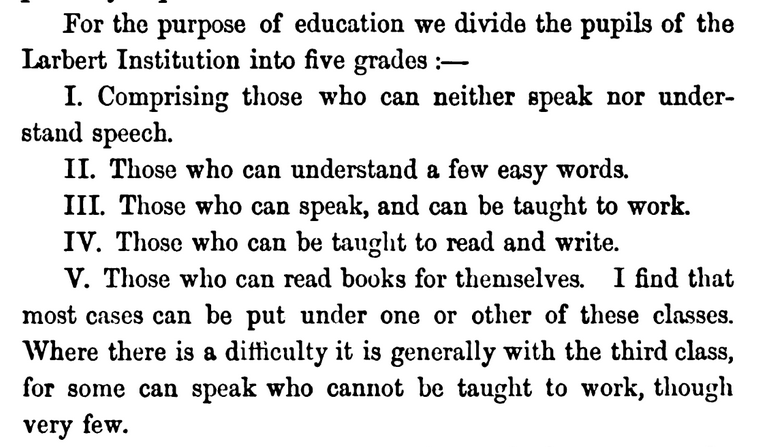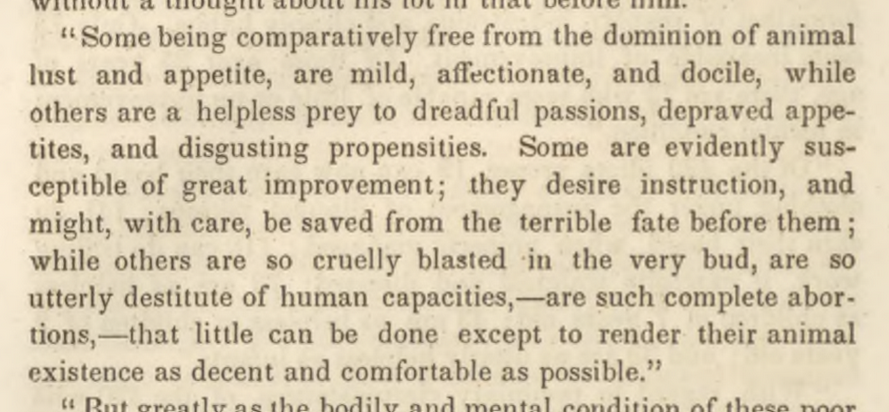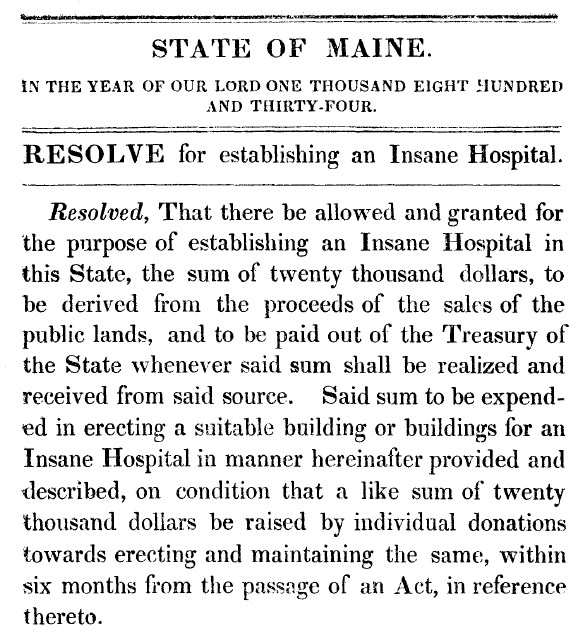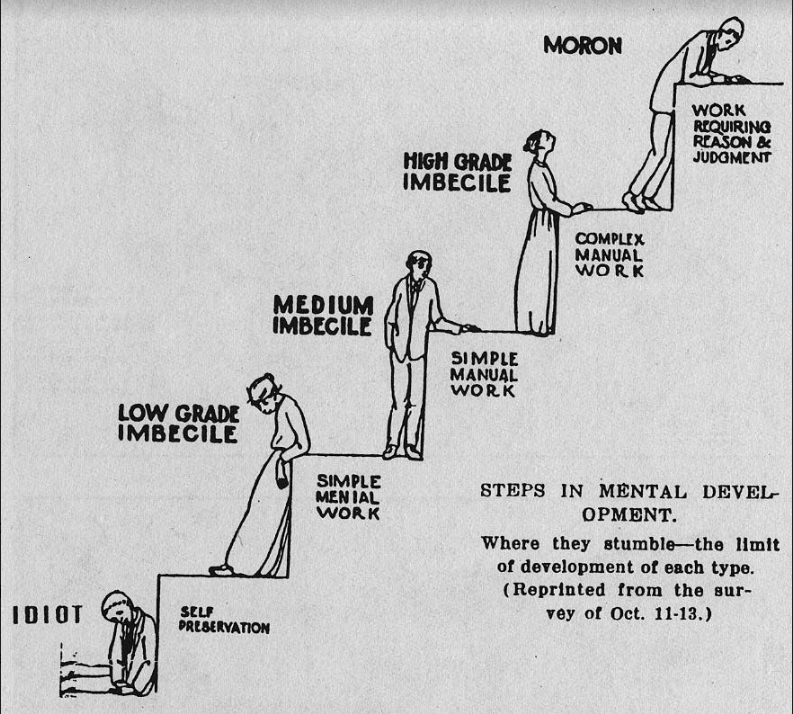With the rise of industrialization and the moving of large sections of the population into cities, people with disabilities became more visible – not shut away from society in family homes or town farms. Alongside these demographic changes, the thinkers and policymakers of the day became focused on the “improvement” of society – creating reforms that they hoped would improve the health and living conditions of men and women.
While those ideals were lofty and well-intentioned, in practice policies arose that aimed to “fix” what was considered “degenerate” in society – including those with developmental disabilities – and to hide away or dispose of those who were thought of as irredeemable. In the realm of disability, this led to a focus on labeling people with disabilities according to their presumed usefulness to society or potential for being trained or changed.


The country and Maine itself had been heading in the direction of institutionalization in a connected sphere – the “insane”. Maine’s first mental institution, the “Maine Insane Hospital”, opened in 1834.

The idea that some of those with developmental disabilities could be trained, and also that they were dangerous or unfit for society if they could not be, led to the rise of the institution. The earlier rise of the asylum or “hospital for the insane” fed this notion of building spaces away from the rest of society, to protect upstanding citizens from the influence of the “degenerate” – until such time as those degenerates could be trained to perform useful work and act according to the morality of the time.



